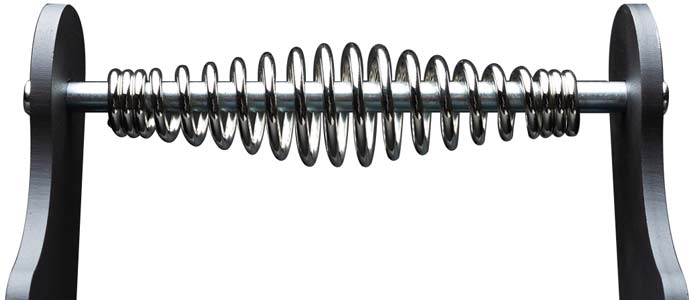Central Texas Brisket on the YS640

Central Texas brisket is A THING, and the recipe here was posted by forum user Scott, who was on a mission to replicate that famous Texas Bark in Western Michigan using his Yoder Smokers YS640. Looks like he nailed it!
“Central Texas Barbecue is my favorite style, bar none, and it’s what I always go for with my brisket. I’ve smoked quite a few briskets on my YS640 since purchasing, but this one ended up being the best so far… a success on every level. Well, almost every level. I wrote down some notes and took photos along the way and figured maybe this might be of some interest to my fellow pitmasters.
The Meat
A 15 lb Choice packer. I live in West Michigan and packers have alway been an expensive proposition – around $8.50lb; often for just select grade!! However, in a most bizarre and awesome turn of events, this summer nearly every butcher shop in the area has started carrying packers of choice grade at a much more reasonable $4.50/lb. Still more than what you’d pay in Texas to be sure, but much more affordable for us West Michigan Yankees. This new found brisket bonanza actually corresponds with something of a barbecue renaissance in this area – with no less than 3 barbecue joints opening up in downtown Grand Rapids just this summer! Even more shocking is that they are all offering some pretty serious brisket, and sell all meat by the pound. NICE.
The Trim
I lost probably about 3lb or so of inedible fat and browned meat edges. This was a really great cut, with nice marbling and a deckle that wasn’t out of control, haha. I also trimmed off every bit of silver skin on the back side. I hate the stuff with a passion and getting all of it off with ensure that the rub sticks like glue when you go to pull and then slice.
The Rub
Nothing but Texas Rub, baby! That is to say, kosher salt and coarse black pepper. Absolutely, positively nothing else. No sugar, no cayenne, no olive oil before the rub, no mustard bath before the rub…nothing. It’s taken me awhile to finally adout the purity of what Franklin Barbecue, Blacks, Cranky Franks, and other classic Central Texas barbecue joints use and I will never go back. Ever. It’s not that I’m against a savory blend of other spices for the rub. Those can be really good. It’s just that Aaron Franklin and others are right on the money when they stress, like gospel, that salt and pepper is all the meat needs. If you’ve never tried it; if you have doubts….give it a go just once. Don’t do mustard or any other base. A nice choice grade of meat with good marbling will not need it. You will be amazed at the purity and flavor.
The Cook
(Yoder set to 250° for the entire cook Damper set to slightly, maybe an inch or so, to the left of dead center so that I’d get a bit more heat on the point – which is always positioned closest to the heat grate). At the very start of my Yoder experience I took everything out before seasoning, set the damper so that it’s exactly dead center in the pit, then marked that location with a sharpie pen on the stainless rack above the damper handle. I can then see instantly where I need to set my damper to start for an even cook, or adjust accordingly depending on my needs
I put a small stainless steel bowl full of water on the top rack. While the bottom rack is best, this still helps keep the meat moist.
At no point did I mist. Misting is the enemy of great bark. Unless you’ve got a massive propane tank cooker that can hold 4 or 5 briskets, misting a brisket on a Yoder is completely unnecessary and will only serve to dampen your bark. I’m not saying don’t do it because for a lot of pitmasters the misting is an important part of the process and taste they are after. If you desire Central Texas style like I do, then don’t mist.
Fat Side Up
No self respecting Texan – or a Yankee like me who fancies himself a self respecting Texan – is going to smoke a brisket fat side down.
I decided to mix it up a bit for this cook. Normally I cook for 7 hours and then wrap in butcher paper for another 3 or so until I hit an internal at the flat of 210° and 200° for the point. Then I’ll rest for anywhere from an hour to four hours in the oven (still wrapped in the paper, of course) on a warm setting. I’ve found that there’s very little difference from a 2 hour rest to a 4 hour rest in terms of juiciness. At the one hour mark it’s fine, but I go at least 2.
For this cook, however, I went completely unwrapped the entire cook. I got the thing on at 10:45pm and pulled it the next morning at 8:07am. 9hrs and 20min total time. The internals were: Point = 202°, Flat = 210°. You honestly do not want the flat to go any higher than that and, in fact, I should have pulled it at 205° or so.
I honestly thought I’d be cooking longer, but I always forget how efficient the Yoder is as compared to a stick burner. Those temp variations are so small! I set my alarm to go off every 90min so that I could wake up and check the pellet hopper and make sure everything was going smoothly. All temptations to peek were resisted! LOL.
I never inject my brisket. Ever. Doing so is criminal. If you cook your brisket right – with a nice choice grade – there’s zero need to inject.
The Rest
After the brisket was pulled, I wrapped it in butcher paper and tossed it into my regular oven on the warm setting. I have no idea the temp…it just says ‘warm.’ This was a very long rest: 7 hours!! I normally don’t rest that long but things got going around the house and we didn’t slice until much later than expected. No worries. As I mentioned earlier, there’s no difference I can ever tell between that 2 hour rest to a 4 hour rest… or a 7 hour rest. I read all this stuff that people insist on at least a 5 hour rest or whatever. I don’t agree. I also never do the whole ‘wrap in towels and rest in a cooler or cambro’ thing. I find dragging out my cooler for storing brisket to be highly annoying and it always needs cleaning so… oven it is!
Now, let’s get down to the heart of this thing: I long ago stopped using foil for my brisket cooks and resting because FOIL IS THE ENEMY. As mentioned above, I usually wrap with butcher paper at the 7 hour mark, but used it here for just the rest. Here’s why: Resting in the butcher paper will absolutely retain your moisture and heat but, even if you overwrap, the meat can still breath inside. Even after becoming saturated with the wonderful juice and oils, it still breathes. Foil never breathes. It simply steams your meat and makes the bark into a soggy mess.
If you haven’t made the switch to butcher paper, give it a try. You used to have to order it from obscure online restaurant supply houses but now Amazon has it for a great price and very fast delivery!
The Result
This was the best brisket I’ve smoked yet. Getting to what the great barbecue writer and blogger Daniel Vaughn calls that ‘sugar cookie’ bark is so rewarding and a blessing!!
That’s not to say there weren’t some niggling problems. The bottom of the brisket was very nearly burned. I mean, just barely shy of that point. Close. Very close. It was a bit crunchy, but thankfully not burned. I should have wrapped at about the 7.5 to 8hr mark. Just looking at the thing I can tell that the last hour is when the crunch was probably formed. Even sticking to my original process of the 7 hour mark would be fine but… this brisket had the best bark I’ve done and that was my mission on this cook.
The flat – even the end of the flat – was moist. The juice was everywhere, in every slice and nugget. Long after the slicing, every remaining piece was juicy. The burnt ends and bulk end of the point were swimming in juice; even the remnants an hour after slicing were still juicy. Love that!
Well, that’s it! Sorry for the long post but I love talking about this stuff! I’ve still got so much to learn, but really enjoyed those posts where folks go into serious detail. They’ve been such a help, and hopefully this post will do the same for someone just starting out. I love my YS640!”







Used this for my first brisket. Turned out great.
Hey David. this is really helpful. thank you. One question for you. did you place the brisket on the top or bottom rack?
You should be able to do it on either. I always go top rack with a single brisket. However it’s not uncommon for cooks to fill both racks with briskets with great results.
Awesome. I was leaning towards top rack away from the heat plate and follow the instructions above. I will wrap though at the 7 hour mark ( or near that time frame). Do you have a recommendation for wood type? thanks!
The general rule of thumb for beef you generally want woods like hickory, oak, mesquite or pecan. Turkey and pork like fruit woods and pecan or other nuts. Fish and chicken wood flavors don’t really matter since they really aren’t in the smoke long enough to get much of the secondary flavors.
I personally use a mix of apple or cherry mixed with pecan for pork and poultry. And pecan, hickory or mesquite for beef.
Question: Do you apply your salt and pepper just before cooking? Or do you let it sit in the S&P rub for a while?
Thanks!
You want to put it on at least an hour before cooking. The salt needs time to work.
I have yet to do a brisket on my Yoder but my old pellet smoker, after I wrapped I would place a piece of food service (thick) tin foil under it to prevent the bottom from over cooking, solved my overdone bottoms…